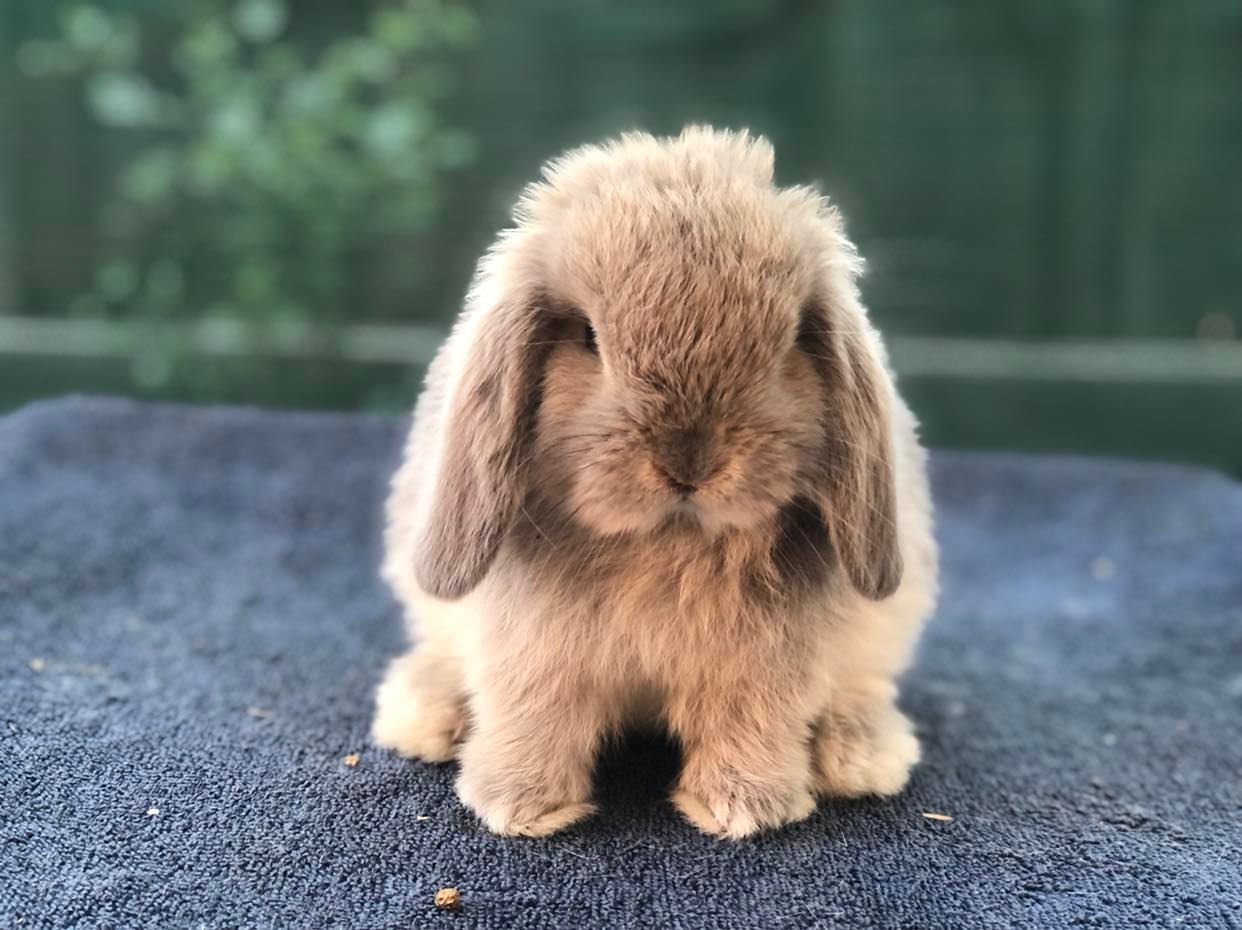A rabbit’s diet is very important to their health and survival. Bunnies do have sensitive stomachs, so a well-balanced quality diet will keep them happy and healthy.
Fresh quality Oaten Hay, should make up the bulk of you bunny’s diet being 85%. Hay should be readily available at all times to your bunny, changing it daily with fresh hay.
Using a litter tray underneath your bunny’s hay rack will help encourage litter training for your furbaby, as bunnies tend to poop and eat at the same time. This will help with the cleanliness of your bunnies’ home.
Hay is extremely important in your bunnies’ diet because it provides the essential fiber needed for good digestive health. It also helps wear down your bunny’s teeth, which continuously grow saving dental visits. Keeping your bunnies feeding routine consistent is a must.
So, with a combination of Oaten Hay, Pellets and fresh greens. Your bunnies’ diet should look like this:
- 85% Diet – Oaten Hay (Unlimited accessible supply)
- 10% Diet – Fresh Greens (Leafy green vegetables and herbs. 1-2 cups per day)
- 5% Diet – Quality Pellet Mix (1-2 table spoons per day)
- Access to fresh clean water daily at all times. (ceramic bowls and drink bottles)






